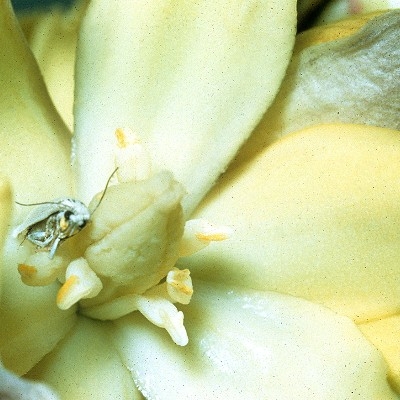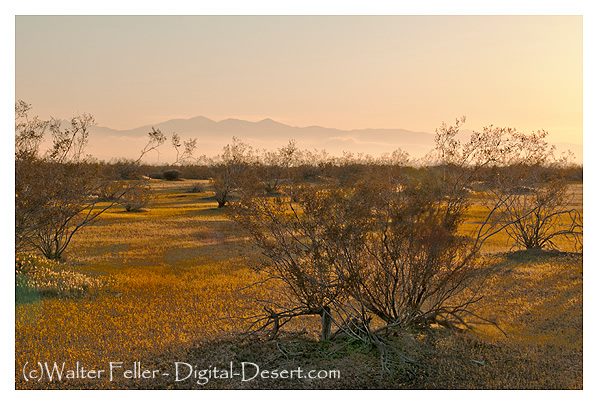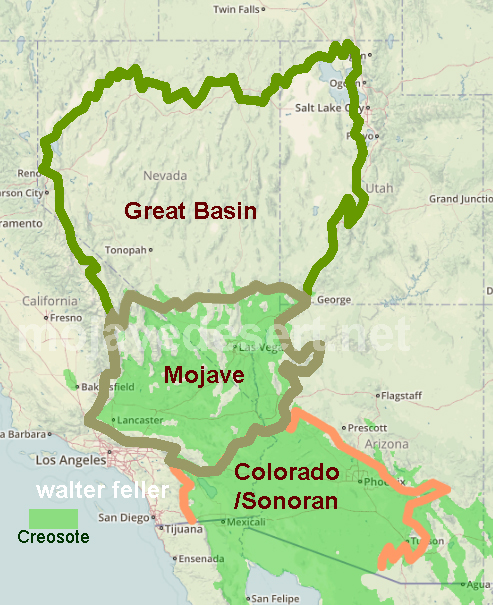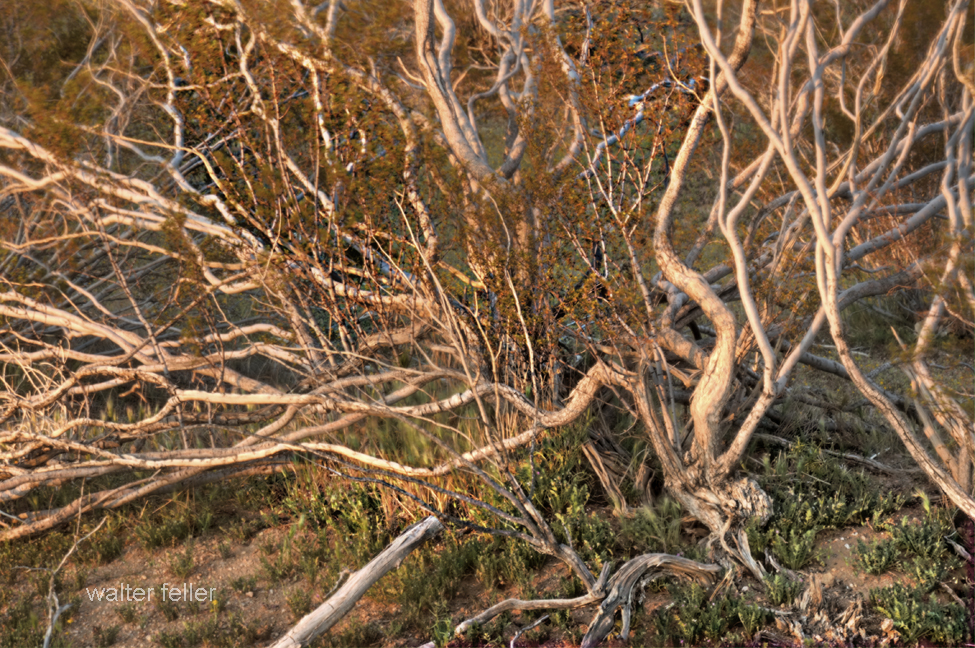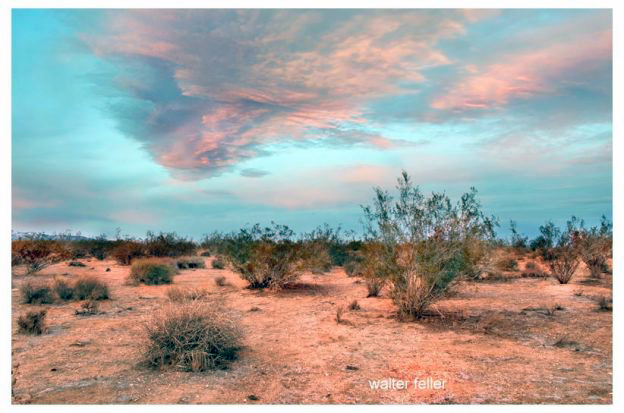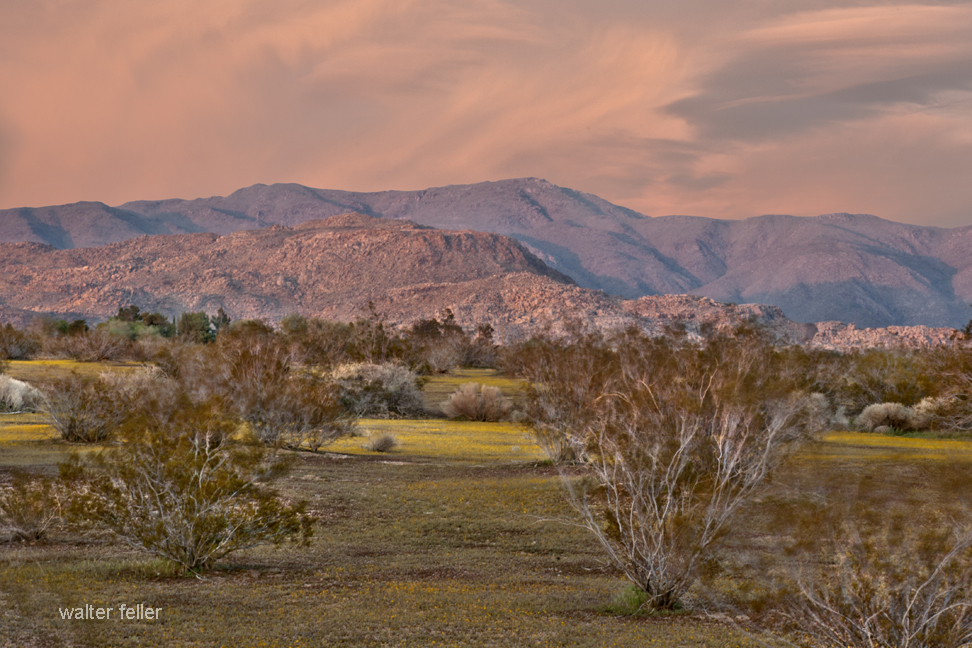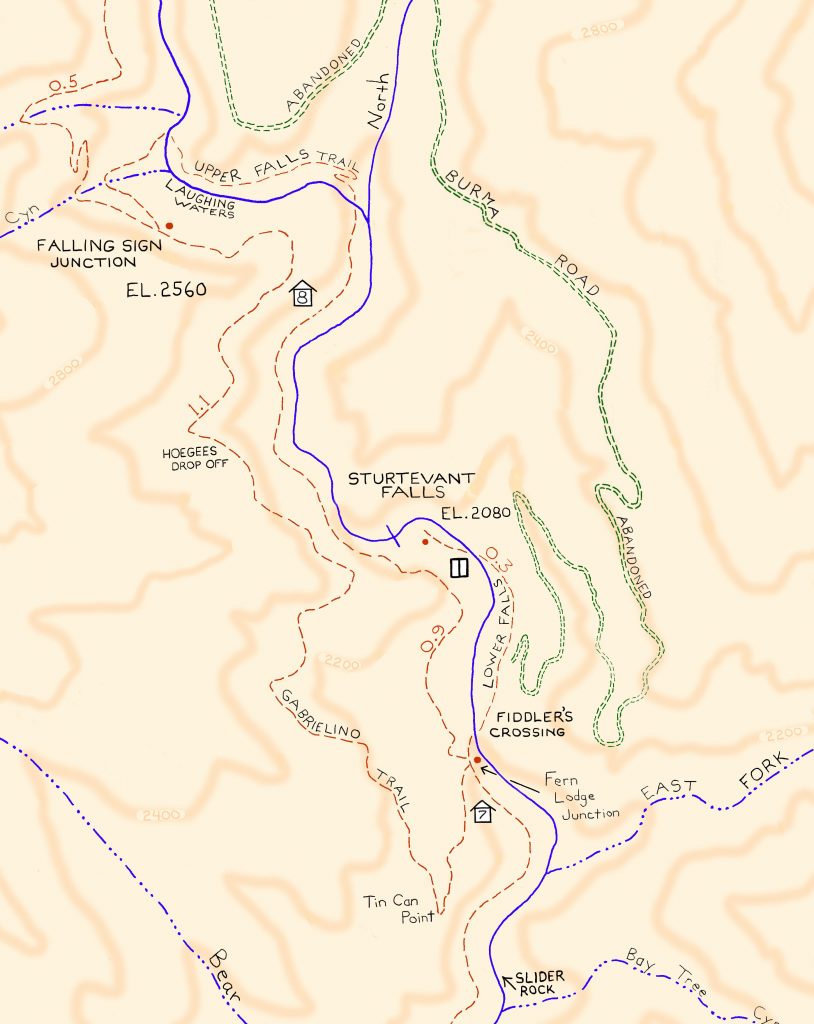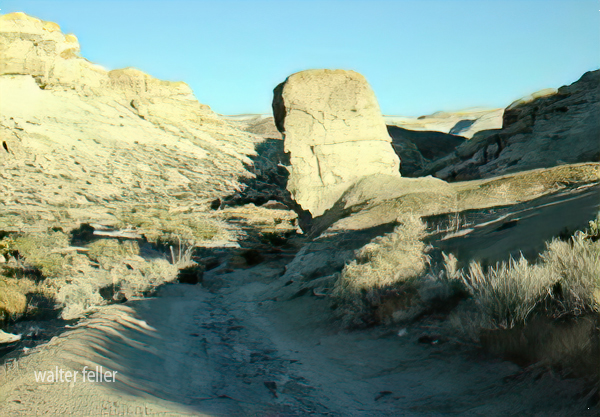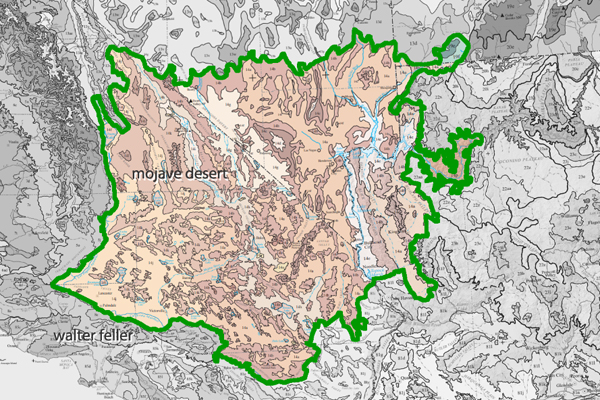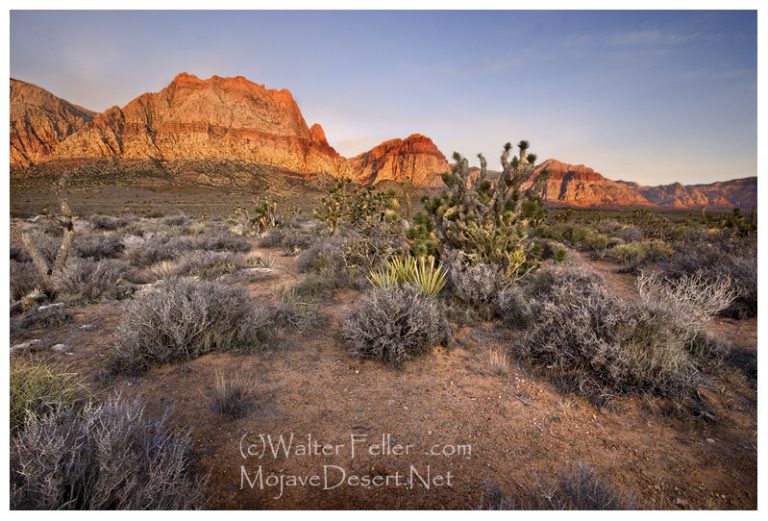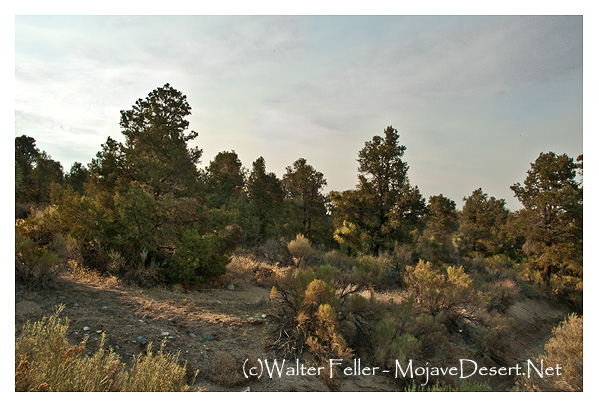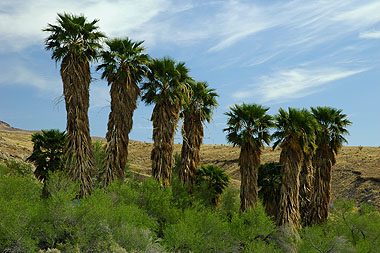Owens Valley happens to be one of the most singular and interesting places in the United States. It is located in the western part of the continent – between the Sierra Nevada and the Inyo Mountains. This valley forms part of the geomorphic province of Basin and Range, characterized by mountains and valleys as unique features resulting from the process of Earth crust movement.
Geomorphology: The Shape of the Land
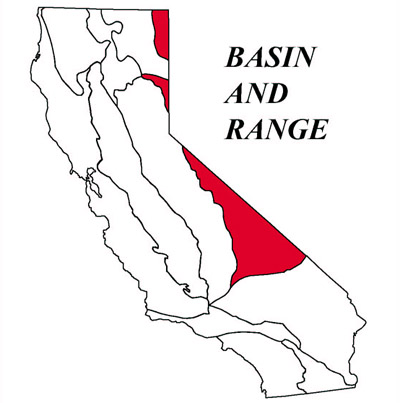

The Owens Valley lies within crust of the Basin and Range province, which is famous for its “horst and graben” structure. Consider the crust of the earth to be rifting apart: the surface breaks, and some blocks go down while others rise up. This process forms a pattern of highs and lows. Owens Valley is one of these low areas, known as a “graben,” while surrounding mountains are the high areas known as “horsts.” The elevation of the valley varies from about 3000 to 6000 feet and includes flat and gently sloping areas.
Erosion, the wearing away of rocks and soil by water and wind, and deposition combine in the process whereby these materials are laid down in new places. Through such continuous action, an alluvial fan—the fan-shaped deposit of soil and rocks at the base of the mountains—and a basin fill, or a layering of sediments on the floor of the valley, form over time.
Soil and Vegetation: Life on the Land
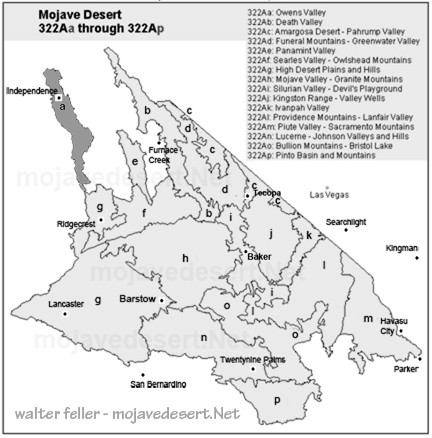
Soils in Owens Valley vary considerably. On the alluvial fans, Torrifluvents and Torriorthents soils are well drained and support a wide variety of plant life. Elsewhere in the basin-fill areas, the soils may be poorly drained and these areas may support different kinds of plants. There is even dune sand in places!
The vegetation of Owens Valley differs according to soil and location. You might find plants such as saltbush and greasewood that are tolerated on salty soils in the areas of basin fill. On the alluvial fans, there were plants like shadscale and hop-sage that could stand the drier conditions. Higher up on the fans, there is black bush with sagebrush. South of Owens Lake, creosote bush is the predominant plant.
Climate: Hot and Dry
Long-term temperatures and rainfall—Owens Valley has a hot and dry climate. Average annual precipitation, or the amount of rain that falls in an average year, is only about 4 to 8 inches. Most of this rain falls during the winter months. The mean annual temperature varies from 55° to 65° F. Because it is so dry, plants and animals must be tough in order to survive with little water.
Water: The Lifeline
Water plays a major role in the Owens Valley way of life. Along the middle of this long valley runs the Owens River, which furnishes water to many plants, animals, and people. Centuries ago, Owens Lake used to overflow periodically and send water to the neighboring valleys. Nowadays, so much of the Owens River water is exported to Los Angeles that Owens Lake is virtually dry.
Conclusion
Owens Valley is a place both fascinating in geology and ecology. Distinct landform, variety of soils, and flora hardiness testify to the ability of life to adapt to the rigors of heat and dryness. Understanding Owens Valley would help us recognize the sensitive links between land, water, plants, and animals that give this part of the world its special identity.
*AI
